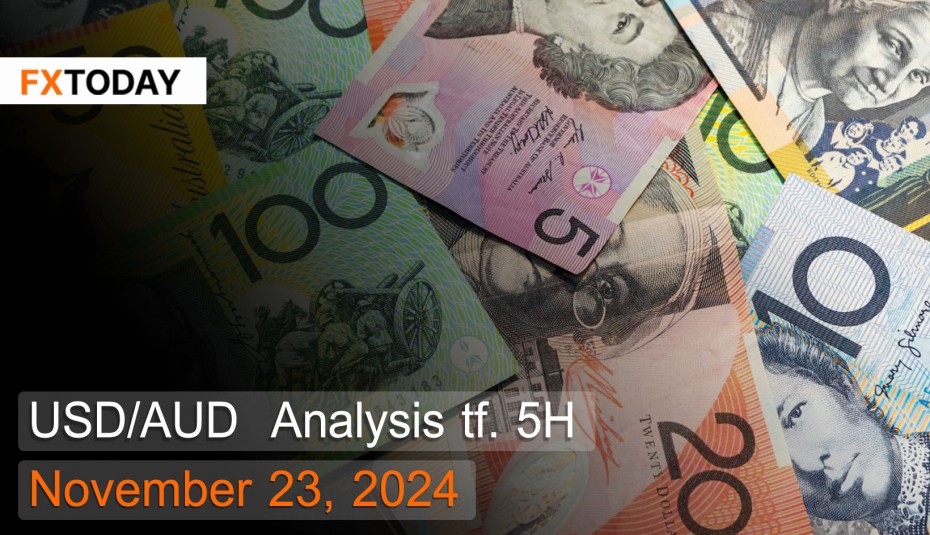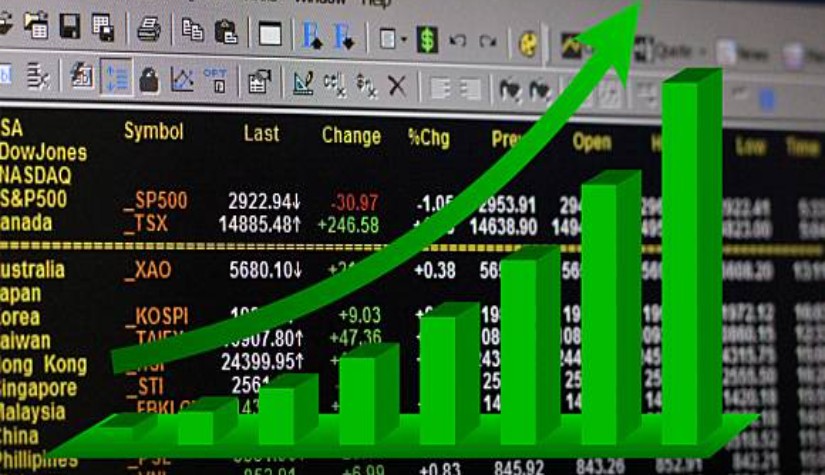The Reserve Bank of Australia (RBA) is not expected to lower interest rates anytime soon.
The Australian dollar remained stable over the past week, despite the release of the latest PMI data. These new figures indicate that Australia's economy has continued to stagnate in recent quarters and is likely to slow further in the future, a consequence of the RBA's current tight monetary policy. The minutes from the RBA's November meeting emphasized ongoing caution regarding inflation and the need for close monitoring to ensure that inflation returns to the central bank's target range, which will directly affect decisions on rate cuts. However, the central bank also needs to consider additional economic data to guide its decision-making.
In the latest meeting minutes, the RBA noted that monetary policy must remain sufficiently restrictive until the bank is confident that inflation is sustainably declining toward the target. Additionally, the board expressed continued vigilance toward inflation risks, stating that headline inflation is expected to remain within the target range of 2-3% until the third quarter of 2025. This projection accounts for earlier energy price support, with inflation possibly rising slightly in the fourth quarter of 2025.
However, core inflation trends have changed little since August, leading policymakers to agree that future interest rate policies will depend on data and risk assessments that can evolve over time. The board may even consider raising interest rates if current policies are deemed insufficiently restrictive to curb inflation. Globally, the RBA continues to monitor risks stemming from U.S. policy changes after the presidential election and uncertainties regarding responses from other countries. Australia's GDP growth slowed in Q2 but appears to have recovered since then, thanks to steady increases in household consumption in the second half of 2024.
Australia's leading economic index rose by 0.2% month-on-month in October after six consecutive months of decline. Meanwhile, the annual growth rate of economic activity compared to future trends (3 to 9 months ahead) increased to 0.26 in October from -0.20 in September. These latest figures signal more positive economic prospects, aligning with Westpac's view that economic growth has likely bottomed out, having reached as low as 1% year-on-year in mid-2024. Economic growth may increase to 1.5% by the end of this year and reach 2.4% by the end of 2025. Ryan Wells, an economist at Westpac Group, predicts that the RBA will not cut interest rates in December and will require inflation to approach the target range before considering any rate cuts.
The services PMI contracted to 49.6 in November from 51 in the previous month, marking a clear decline in service sector activity and the first contraction in 10 months. This downturn is mainly attributed to slowing growth in new businesses following steady expansion earlier in the year, along with a sharp decline in export orders. Additionally, continued weakness in domestic demand has contributed to the overall slowdown in the services sector.
Meanwhile, the manufacturing PMI slightly improved to 49.4 in November from 47.3 in October, though it still indicates a contraction for the 10th consecutive month. However, this was the slowest rate of contraction in six months. The manufacturing sector continues to face pressure from declining new orders, with production levels decreasing for the second consecutive month. Nonetheless, a slight increase in export orders provided some relief, helping to boost activity in the manufacturing sector.
Techical analysis data (5H)
Resistance: 1.5423, 1.5456, 1.5486
Source: Investing.com
Buy/Long 1: If the price touches support in the price range of 1.533 - 1.536 but cannot break the support at 1.536, you may set a TP at approximately 1.5456 and SL at around 1.5297 or according to your acceptable risk.
Buy/Long 2: If the price breaks the resistance in the price range of 1.5423 - 1.5456, you may set a TP at approximately 1.5486 and SL at around 1.533 or according to your acceptable risk.
Sell/Short 1: If the price touches resistance in the price range of 1.5423 - 1.5456 but cannot break the resistance at 1.533, you may set a TP at approximately 1.5423 and SL at around 1.5486 or according to your acceptable risk.
Sell/Short 2: If the price breaks the support in the price range of 1.533 - 1.536, you may set a TP at approximately 1.5297 and SL at around 1.5456 or according to your acceptable risk.
Pivot point November 23, 2024 08:53PM. GMT+7
|
Name
|
S3
|
S2
|
S1
|
Pivot Points
|
R1
|
R2
|
R3
|
|---|---|---|---|---|---|---|---|
| Classic | 1.5297 | 1.533 | 1.536 | 1.5393 | 1.5423 | 1.5456 | 1.5486 |
| Fibonacci | 1.533 | 1.5354 | 1.5369 | 1.5393 | 1.5417 | 1.5432 | 1.5456 |
| Camarilla | 1.5371 | 1.5377 | 1.5383 | 1.5393 | 1.5394 | 1.54 | 1.5406 |
| Woodie's | 1.5295 | 1.5329 | 1.5358 | 1.5392 | 1.5421 | 1.5455 | 1.5484 |
| DeMark's | - | - | 1.5376 | 1.5401 | 1.5439 | - | - |
















